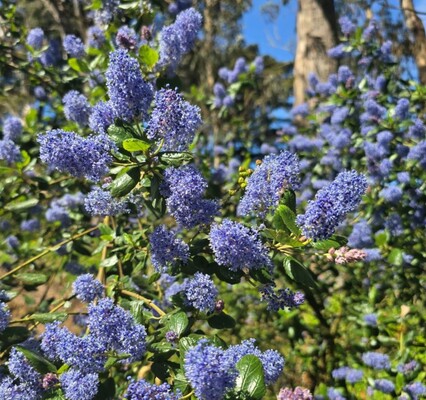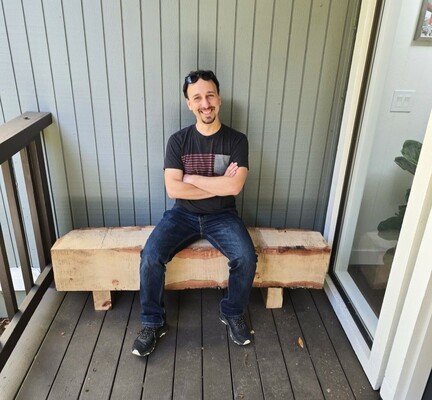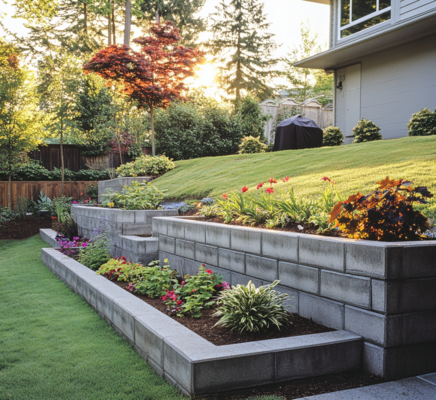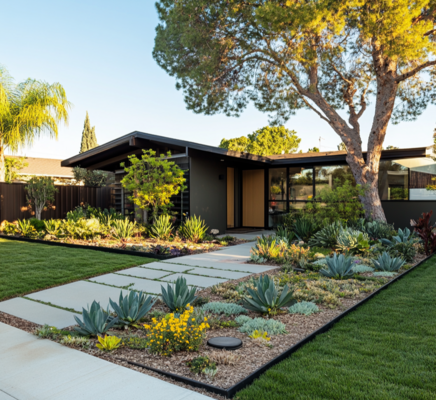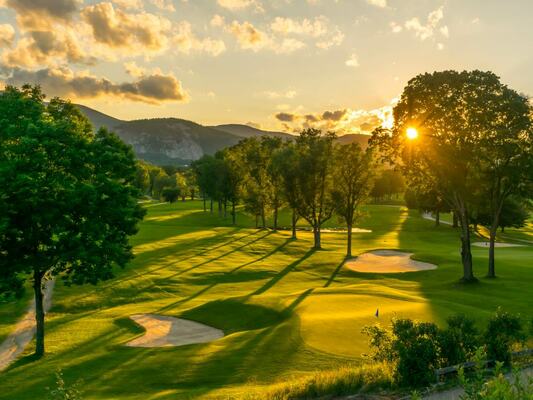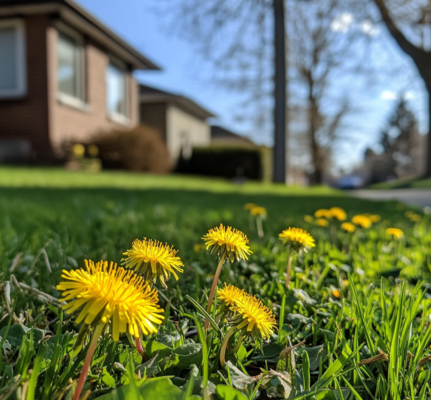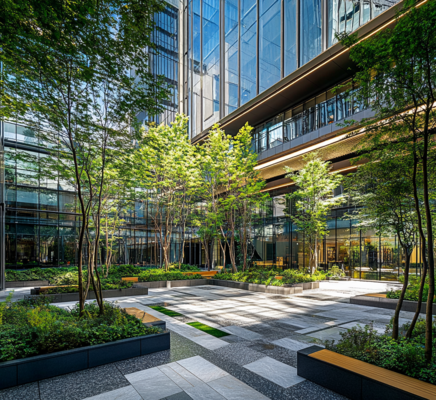Ceanothus, also known as California Lilac, is a stunning, drought-tolerant plant that thrives in San Francisco’s climate. With its vibrant blue blooms and ecological benefits, it’s a favorite for urban landscapes, providing privacy, attracting pollinators, and even offering fire-resistant properties. Learn how to grow, maintain, and incorporate Ceanothus into your garden with expert tips from Arborist Now.
A magnificent Grand Live Oak in Emerald Hills embarked on a unique journey—from towering canopy to beautifully crafted wood products. Learn how Arborist Now carefully removed, milled, and transformed this tree, giving it a second life in sustainable craftsmanship. Explore the process and the stunning results!
Retaining walls provide essential structural support while enhancing the beauty of your landscape. Whether you need erosion control, terracing, or a decorative element, understanding the basics will help you make the best choice. Explore different materials, design considerations, and expert tips for a durable and functional retaining wall.
Selecting the right trees for your landscape enhances beauty, shade, and property value. Factors like climate, soil, and maintenance needs play a crucial role in making the best choice. Whether you need fast-growing privacy trees or low-maintenance native species, this guide will help you find the perfect fit for your San Francisco landscape.
Looking to enhance your outdoor space with midcentury charm? Our expert guide covers essential design elements, plant selections, and hardscape ideas to achieve the perfect balance of form and function. Transform your landscape with timeless style—learn more today!
Golf course tree care plays a crucial role in safety, aesthetics, and sustainability. From strategic tree placement to pruning and pest management, proper maintenance keeps your course looking its best. Discover expert insights on preserving trees and enhancing course playability with Arborist Now.
Dandelions can quickly take over your lawn if left unchecked. Discover expert strategies for removing and preventing these persistent weeds while maintaining a healthy landscape. Learn eco-friendly and effective dandelion control methods to keep your outdoor space looking its best.
Well-planned landscaping does more than beautify—it attracts customers, increases property value, and creates a welcoming environment. Thoughtful design enhances brand image, boosts employee morale, and supports sustainability. Discover the top reasons why investing in quality landscaping can elevate your business success.
A well-maintained landscape is essential for any business. Hiring a professional tree care service ensures your trees stay healthy, safe, and visually appealing. From routine maintenance to emergency removal, certified arborists provide expertise that protects your property and enhances curb appeal. Discover why investing in professional tree care is the right choice for your business.
Urban street trees do more than add beauty—they cool cities, improve air quality, and boost public health. In San Francisco, trees help mitigate pollution and create greener, more livable spaces. Learn why investing in street trees benefits both businesses and communities, and how professional tree care ensures their long-term health.
